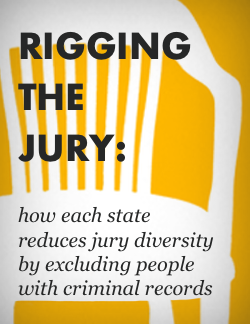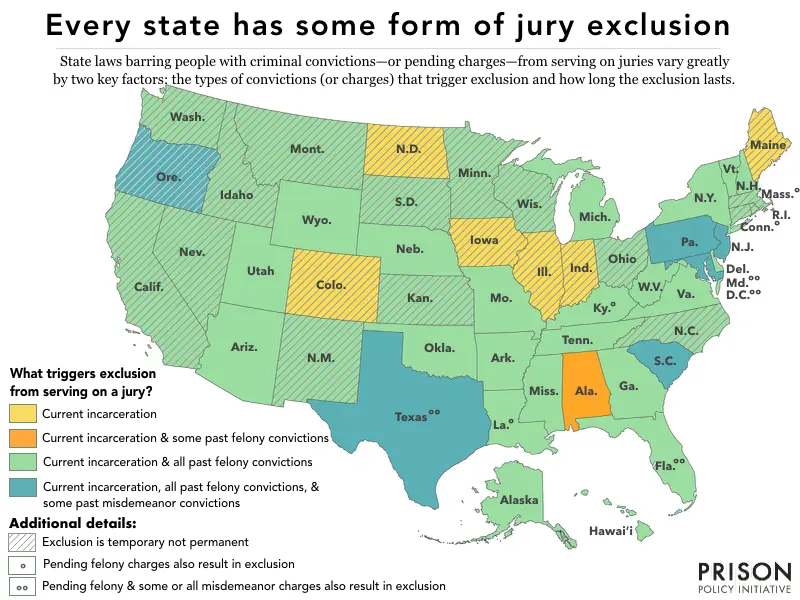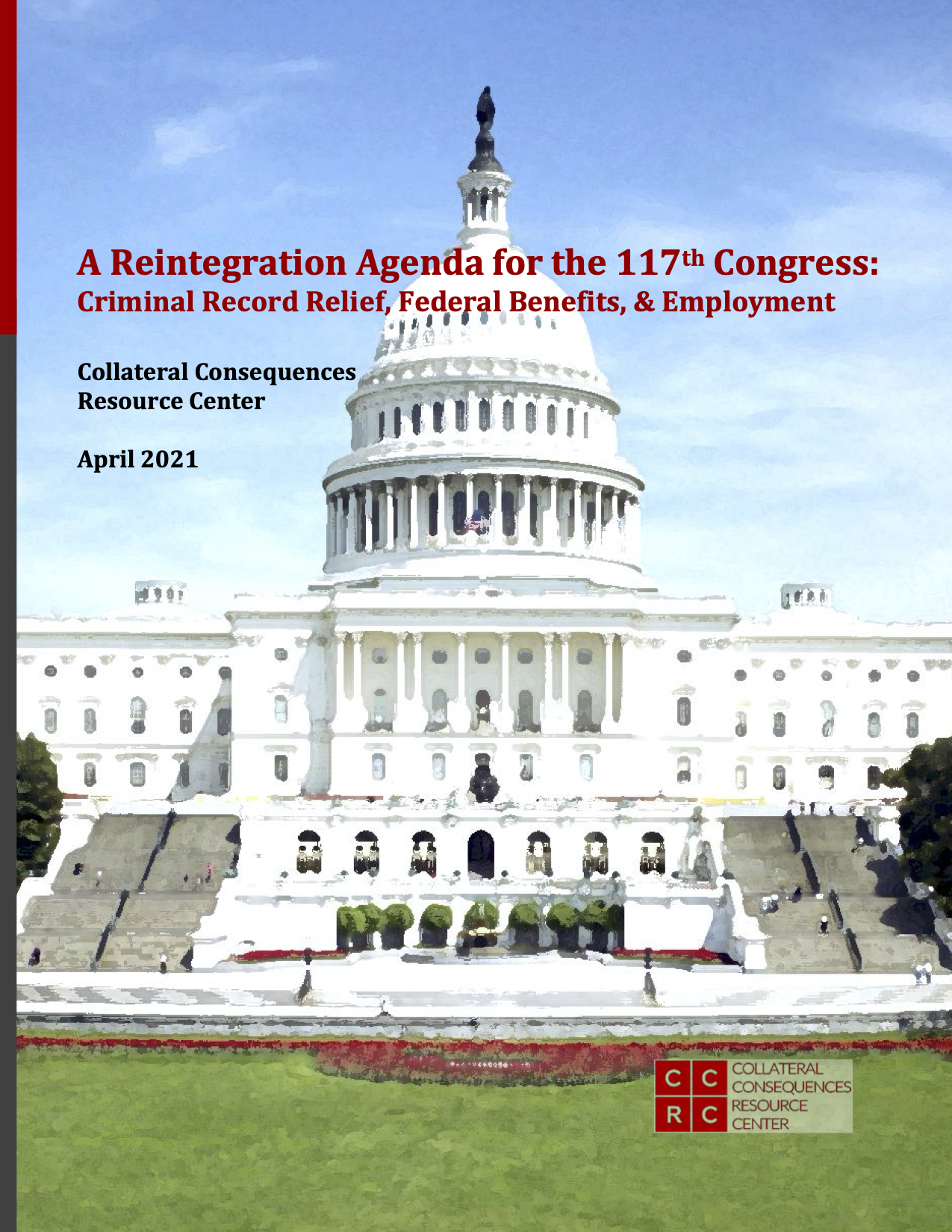DC’s non-conviction sealing law is uniquely complex and restrictive
Last year, 20 states enacted reforms expanding access to expungement, record-sealing, and other forms of record relief. Many legislatures, including the District of Columbia Council, are considering reform proposals this session. Given the progressive steps taken by the District in the past year to expand opportunities for people with a criminal record to vote and obtain occupational licensing, we are optimistic that the Council will enact significant improvements to its lagging record-sealing law.
Compared to states across the country, DC’s record relief law is very prohibitive and unusually complex. First, its non-conviction sealing scheme is “one of the most restrictive” in the country (as we described it in our Model Law on Non-Conviction Records). Second, to seal a misdemeanor conviction, an 8-year waiting period must be satisfied (far longer than most states), and then a series of rules exclude individuals based on a long list of ineligible offenses and a variety of disqualifying prior and subsequent records. Finally, DC allows only a single specific felony conviction to be sealed,1 while 34 states allow a range of felonies to be sealed or expunged.
This post explains how DC’s law on sealing of non-conviction records in particular does not fare well in the national landscape.
Summary
Current DC law is out of step with national trends toward automatic and expedited sealing of non-conviction records at or shortly after disposition (approaches enacted last year in Kentucky and North Carolina, for example). It is also more complex and restrictive than analogous laws in almost every state in three primary areas:
- The waiting period before a person may apply for sealing a non-conviction record is longer than in most states, and the effect that a prior or subsequent conviction has on extending the waiting period is unusually severe.
- The provision ruling out sealing for a successfully completed deferred sentencing agreement based on the person’s other record is counterproductive and harsher than the norm.
- The procedures and standards that apply in proceedings to seal a non-conviction record are more burdensome and restrictive than in any state, differing little from the procedures and standards that apply to sealing a conviction record.



